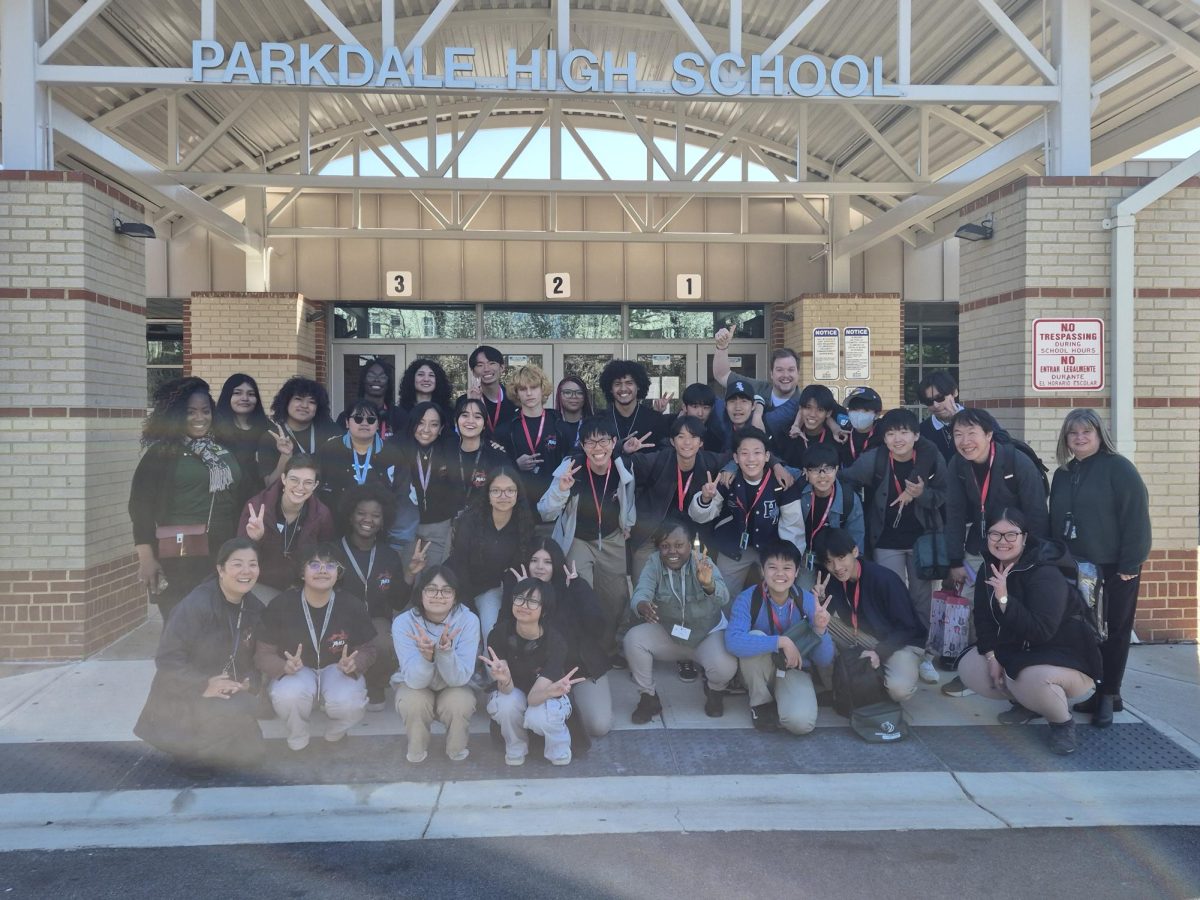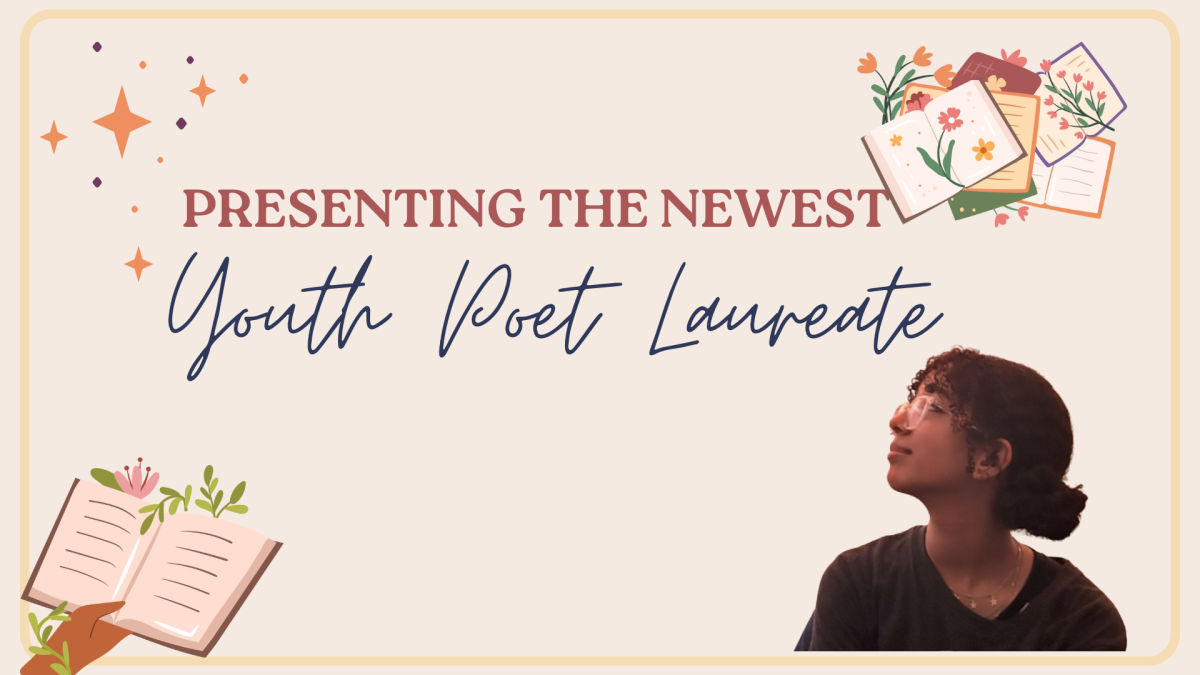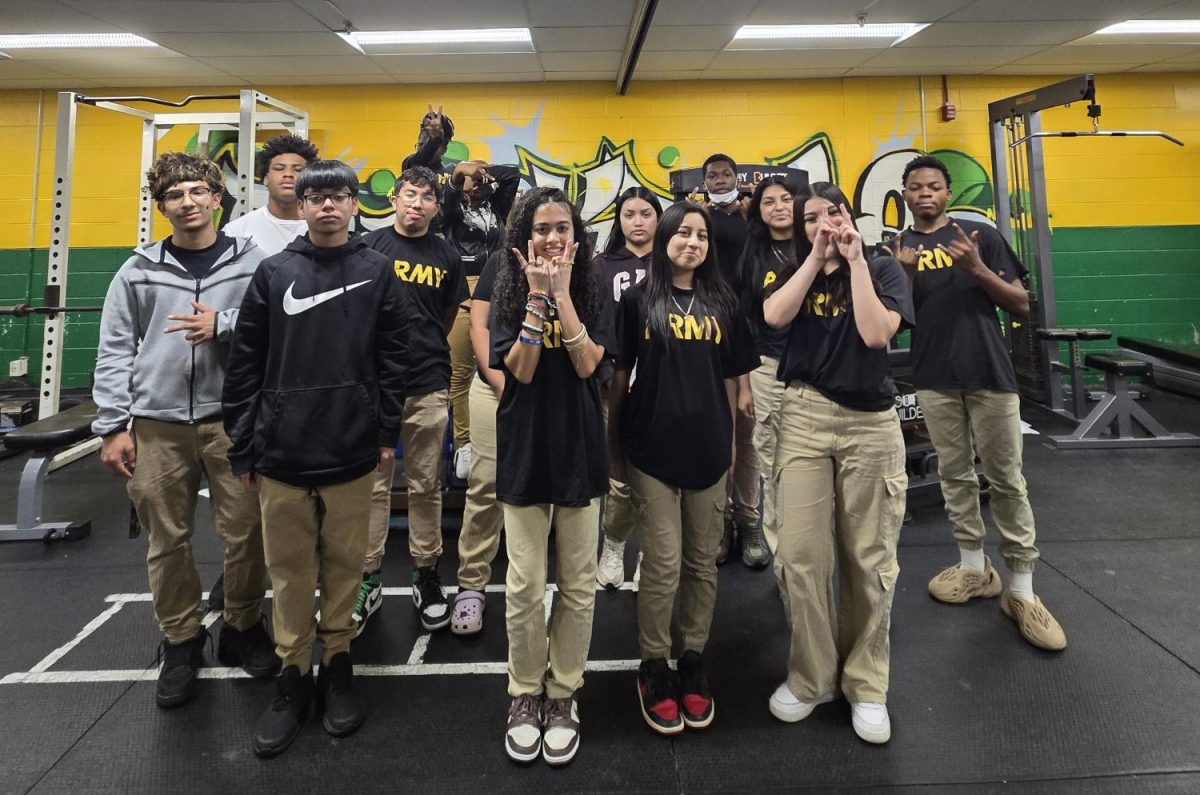Fear not for I have heard your cries. We have all been in a situation where we read our notes or any document and do not recall or understand a thing. Trust me, I have experienced it too. I started looking into better methods of studying. Studying effectively is crucial for academic success, and various strategies can help you optimize your study sessions. Below, I explore several popular study methods, but keep in mind that what works best for me may not work for you.
In order to fully grasp and use these strategies, you need to understand your learning style. You may know already know how you learn best but for those who don’t, here’s a quiz to guide you. This may not be 100% true in all cases but it is a great starting point. Understanding your preferences will guide you in choosing effective study techniques. Experiment with different methods to see which ones resonate with you.
The Pomodoro Technique
First we have The Pomodoro Technique, one of my personal favorites. This is a time management method developed by Francesco Cirillo in the late 1980s. It involves breaking work into intervals, traditionally 25 minutes in length, separated by short breaks of about 5 minutes. After four “Pomodoros,” a longer break of 15-30 minutes is taken. This technique helps maintain focus and prevents burnout by providing regular rest periods. This technique is what works the best for me, but it might not work as well for you. How will you know? TRY IT!
How It Works:
- Choose a task you want to work on. Focus on a particular topic at a time.
- Set a timer for 25 minutes (one Pomodoro).
- Work on the task until the timer rings.
- Take a short break (5 minutes).
- Repeat this process three more times before taking a longer break
This technique increases productivity by creating urgency. The ticking clock helps minimize distractions and procrastination. It also reduces mental fatigue through scheduled breaks. By dividing larger projects into manageable chunks, the technique reduces feelings of overwhelm and encourages progress. You can get more work done than you think.
Active Recall
Active recall is a study method that emphasizes retrieving information from memory rather than passively reviewing notes or textbooks. This approach has been shown to enhance long-term retention of information.
How It Works:
- After studying a topic, close your notes and try to recall what you’ve learned. You can break it down into smaller chunks like subtopics or paragraphs.
- Use flashcards or practice questions to test your knowledge actively.
- Review material only after attempting to recall it without looking
- After every study session, it is important to mark what information you recalled easily and what you had a harder time remembering.
This technique strengthens memory connections. It also identifies gaps in knowledge that need further review. Lasty, it encourages deeper understanding of the material.
Spaced Repetition
Spaced repetition is based on the psychological spacing effect, which suggests that information is better retained when studied over increasing intervals of time rather than crammed in one session.
How It Works:
- Study material at increasing intervals (e.g., after one day, then three days, then one week).
- Use spaced repetition software (SRS) like Anki or Quizlet to automate the scheduling of reviews based on your performance.
This technique maximizes retention while minimizing study time. This works great for those who tend to forget information after a while as you will be reviewing the information every now and then.
Mind Mapping
Most of us have used this method. Mind mapping is a visual representation of information that organizes concepts around a central idea. This technique helps learners visualize relationships between topics and enhances comprehension.
How It Works:
- Start with a central concept written in the middle of a page. For example, I will put Greece as my central concept.
- Branch out with related ideas using lines and keywords. I will use mythology, art, architecture, wars, the Olympics, and culture as my related ideas.
- Use colors, images, and symbols to enhance memory retention.
Another example can be Abraham Lincoln as a central concept. From there I can have books, 16th President, beard, killed, civil war, and end of slavery as the related ideas.
This strategy encourages creative thinking and brainstorming. It simplifies complex subjects into manageable parts. This technique works best for those who study best with pictures or graphic representations.
SQ3R Method
Yes, you read that right. The SQ3R method stands for Survey, Question, Read, Recite, and Review. It’s an effective reading comprehension strategy designed to improve understanding and retention of written material.
How It Works:
- Survey: Skim through headings, subheadings, and summaries to get an overview of the content.
- Question: Formulate questions based on what you expect to learn from the text.
- Read: Read actively while seeking answers to your questions.
- Recite: Summarize what you’ve learned in your own words without looking at the text.
- Review: Go back over the material periodically to reinforce learning.
This strategy promotes active engagement with reading materials. It definitely Improves comprehension by focusing on key concepts. Lastly, it encourages self-testing through recitation and review phases.
Feynman Technique
The Feynman Technique is a method named after physicist Richard Feynman that emphasizes understanding concepts deeply rather than rote memorization. It involves four key steps:
- Choose a Concept: Select a topic you want to learn about. For example I will choose the topic Cells in biology.
- Teach it to a Child: Write down everything you know about the topic as if you were explaining it to a child. This forces you to simplify complex ideas.
- Identify Gaps in Knowledge: Review your explanation and identify areas where your understanding is lacking or unclear.
- Review and Simplify: Go back to your study materials to fill in those gaps and refine your explanation until it is clear and concise.
“Cells are the building blocks of all living things. Imagine a cell like a tiny room where important work happens. Just like how a house is made up of many rooms, our bodies are made up of millions of cells! Each cell has a special job, like helping us grow, fighting off germs, or giving us energy. Some cells…”
This technique encourages active engagement with the material and helps solidify knowledge through teaching.
Parkinson’s Law
Parkinson’s Law states that “work expands to fill the time available for its completion.” In studying, this means that if you allocate too much time for a task, it may take longer than necessary due to procrastination or lack of focus. To effectively use this law:
- Set Deadlines: Create strict deadlines for completing tasks or studying specific topics.
- Break Tasks into Smaller Chunks: Divide larger projects into smaller tasks with their own deadlines.
- Limit Study Time: Allocate shorter periods for studying (e.g., 25-30 minutes) followed by breaks (the Pomodoro Technique), which can enhance focus and productivity.
By imposing constraints on time, students can increase their efficiency and motivation.
Second Brain
No, it is not literally you developing another brain, that would be weird. The concept of a “Second Brain” refers to an external system for organizing information that adds to our biological memory. This technique involves:
- Capture Information: Use digital tools (like Notion or Evernote) to collect notes, ideas, articles, and resources.
- Organize Knowledge: Structure this information in a way that makes sense to you—using tags, folders, or categories.
- Review Regularly: Schedule regular reviews of your collected information to reinforce learning and make connections between different pieces of knowledge.
This method allows for better retention of information by offloading cognitive load onto an organized system.
Blurting Method
The Blurting Method is an active recall strategy designed to enhance memory retention through spontaneous retrieval of information. It is very closely related to active recall only here, you write.
How it works:
- Study Material Thoroughly: Begin by reviewing your study material comprehensively.
- Blurting Phase: After studying, close your materials and write down everything you remember about the topic without looking at notes.
- Check Against Materials: Compare what you’ve written with your original notes to identify gaps in knowledge.
- Repeat as Necessary: Repeat this process multiple times until you can recall the material accurately.
This technique pushes the brain’s natural ability to remember information better when actively remembering it rather than passively reviewing it like when re-reading notes.
Energy Cycles
Understanding personal energy cycles can significantly impact study effectiveness:
- Identify Your Peak Times: Find out when during the day you feel most alert and focused. This could be morning or evening for different individuals. Some of y’all are night owls. I know it because I am one too!
- Schedule Study Sessions Accordingly: Plan intensive study sessions during these peak times while reserving less demanding tasks for lower-energy periods.
- Incorporate Breaks and Downtime: Make sure that breaks are included in your schedule; short breaks can help rejuvenate focus during long study sessions.
By aligning study activities with natural energy levels, you can maximize your productivity.
The Loci Method
The Loci Method (or Memory Palace technique) is an ancient mnemonic device used for improving memory through visualization/ pictures:
How it works:
- Choose a Familiar Place: Select a location you know well (like your home).
- Visualize Items Along a Pathway: Associate each piece of information with specific locations within this place as if placing them along a mental path.
- Recall Using Visualization: When trying to remember the information later, visualize walking through that location and retrieving each item from its designated spot.
If I am trying to memorize the periodic table, I can allocate different items in my bedroom that create a path/pattern. Start from the door to your left/right. Door, cabinet, wardrobe, chair, bed, lamp, desk, plug, bin. Remember this order and place each element in this order. As you recall your bedroom space, you associate the items to an element.
This method exploits spatial memory which tends to be stronger than verbal memory alone. This method doesn’t work with everything, only those that go in a certain order or sequence like the periodic table. It is quite overrated in my opinion.
That’s it! That is all I could think of and have used at least once. I know this is not enough information and could be a little confusing. You are free to do a deep dive on each of these methods to understand them best. Using these diverse study strategies can significantly enhance learning efficiency and retention rates for all of us. Each method offers unique advantages tailored to different learning styles and preferences; therefore, experimenting with various techniques may help individuals discover what works best for them.
Well I hope that was useful. Find me here next week with something new. Make sure to let me know what you want me to touch next time. Don’t forget, the world is full of nice people, if you don’t see one be one!








